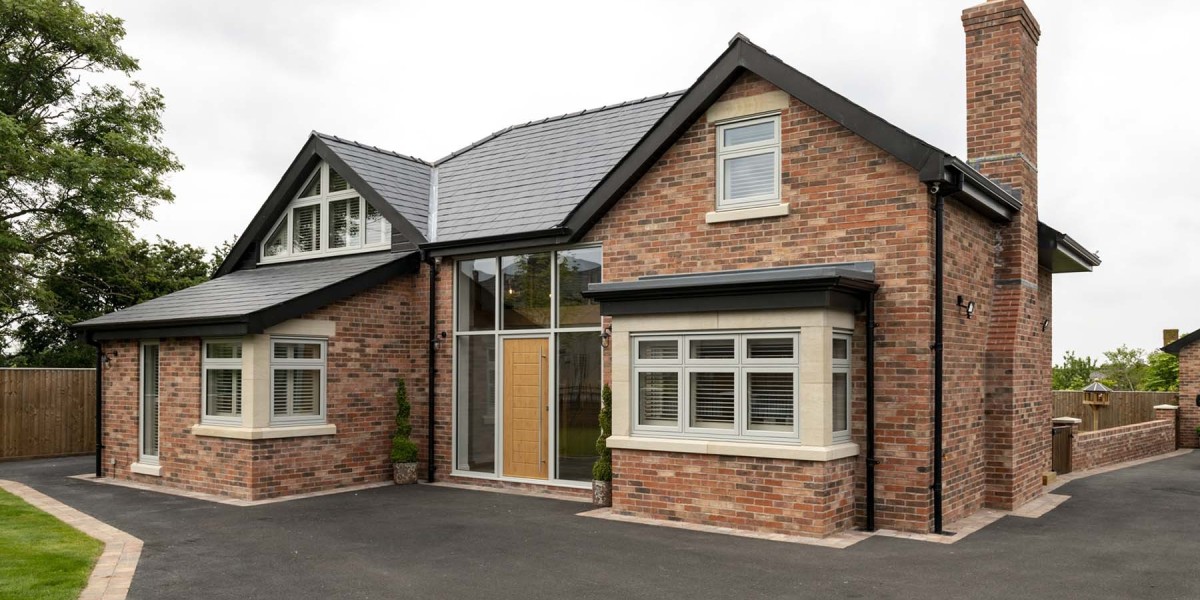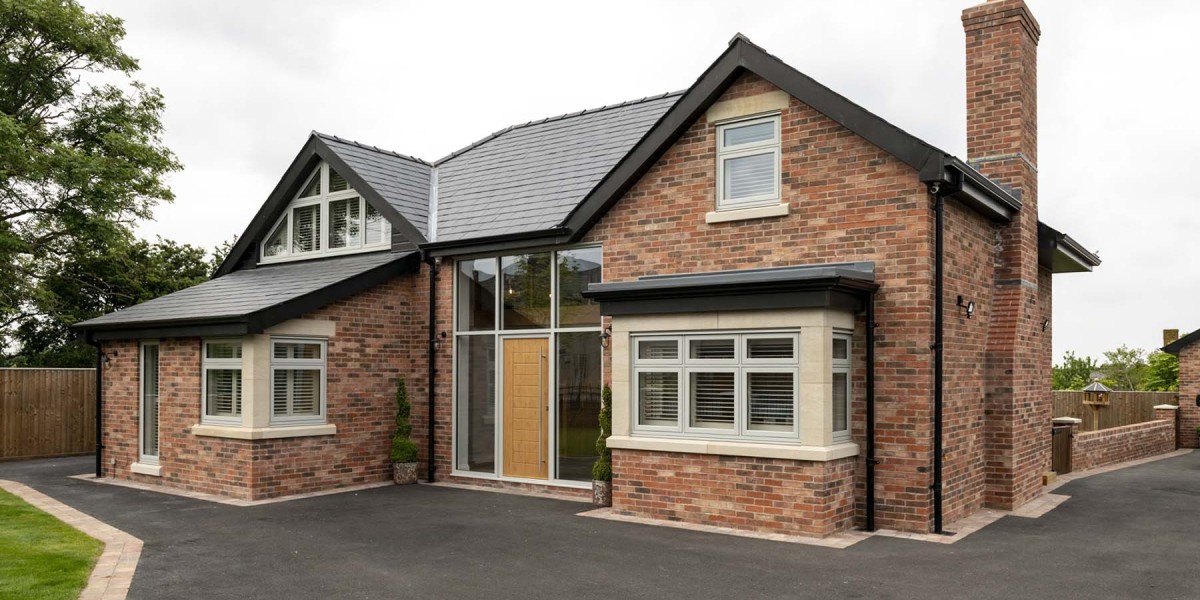In recent years, the domestic window installation industry has experienced a significant transformation, driven by advancements in technology, materials, and installation techniques. This evolution is not only enhancing the aesthetic appeal of homes but also improving energy efficiency, durability, and overall performance. As homeowners become increasingly aware of the benefits of energy-efficient windows, the demand for innovative solutions has surged. This article delves into the latest advancements in domestic window installation, focusing on energy-efficient technologies, smart window systems, and streamlined installation processes that are shaping the future of residential architecture.
Energy-Efficient Technologies
One of the most notable advancements in domestic window installation is the development of energy-efficient window technologies. Traditional single-pane windows are being replaced with double or triple-pane windows that incorporate low-emissivity (Low-E) coatings. These coatings reflect infrared light while allowing visible light to enter, significantly reducing heat transfer. This means homes can maintain a comfortable temperature year-round with less reliance on heating and cooling systems, leading to lower energy bills.
Additionally, advancements in insulated frames are playing a crucial role in enhancing energy efficiency. Frames made from materials such as fiberglass and vinyl offer superior insulation compared to traditional wood or aluminum frames. These materials not only provide better thermal performance but also resist moisture and decay, ensuring longevity and reducing maintenance needs.
Another game-changing technology is the introduction of vacuum-insulated glass (VIG). This innovative glass features a vacuum layer between two panes, which greatly minimizes heat transfer. VIG can achieve R-values comparable to that of walls, making it an excellent choice for energy-conscious homeowners. As production techniques improve and costs decrease, VIG is likely to become more accessible to the average consumer.
Smart Window Systems
The integration of smart technology into window systems is another exciting advancement in domestic window installation. Smart windows can automatically adjust their tint based on sunlight exposure, reducing glare and heat gain while maximizing natural light. This dynamic tinting capability can be controlled via smartphone apps or home automation systems, allowing homeowners to customize their environment with ease.
Moreover, some smart window systems are equipped with sensors that monitor indoor and outdoor temperatures, adjusting their opacity to optimize energy efficiency. For example, during hot summer months, the windows can darken to minimize heat absorption, while in winter, they can become clearer to allow more sunlight in, thus reducing heating costs.
These smart window technologies not only contribute to energy savings but also enhance comfort and convenience. As the Internet of Things (IoT) continues to expand, the integration of smart windows with other home automation systems will become increasingly seamless, providing homeowners with a comprehensive solution for managing their energy consumption.
Streamlined Installation Processes
The installation process itself has also seen significant improvements, making it easier and more efficient for both homeowners and contractors. Prefabricated window units are becoming more common, allowing for quicker installations and reducing labor costs. These units are manufactured to precise specifications, ensuring a perfect fit and minimizing the risk of air leaks, which can compromise energy efficiency.

In addition, modular installation systems are gaining popularity. These systems allow for the installation of multiple windows in a single framework, streamlining the process and reducing the time spent on-site. This not only speeds up the installation but also minimizes disruption to the homeowner’s daily life.
Moreover, advancements in tools and equipment are making window installation safer and more efficient. For instance, the use of laser measuring tools ensures accurate measurements, reducing the likelihood of costly mistakes. Additionally, new lifting and handling equipment allows contractors to safely maneuver large and heavy window units, minimizing the risk of damage during installation.
Sustainability and Environmental Considerations
As awareness of environmental issues grows, the domestic window installation industry is also evolving to incorporate sustainable practices. Manufacturers are increasingly focusing on using recycled materials in window production, reducing waste and the carbon footprint associated with new windows. For example, vinyl windows can be made from recycled PVC, while aluminum windows can be produced using recycled aluminum.

Furthermore, many window manufacturers are adopting sustainable production processes, including energy-efficient manufacturing techniques and responsible sourcing of raw materials. This commitment to sustainability not only appeals to environmentally conscious consumers but also aligns with global efforts to reduce greenhouse gas emissions.
Enhanced Aesthetics and Customization
Modern homeowners are not only concerned about energy efficiency and sustainability; they also seek windows that enhance the aesthetic appeal of their homes. Recent advancements in design and customization options allow homeowners to choose from a wide range of styles, colors, and finishes to match their architectural vision.
The introduction of advanced manufacturing techniques, such as 3D printing, is enabling greater customization possibilities. Homeowners can now design unique window shapes and styles that were once considered impractical or too costly to produce. This level of personalization allows for a more cohesive and attractive home design, increasing property value and owner satisfaction.
Conclusion
The domestic window installation industry is undergoing a remarkable transformation, driven by innovations in energy-efficient technologies, smart systems, streamlined installation processes, and sustainable practices. As homeowners prioritize energy efficiency and environmental responsibility, the demand for advanced window solutions will continue to rise. With the integration of smart technology and customizable designs, the future of domestic window installation promises to not only enhance the functionality of homes but also elevate their aesthetic appeal. As these advancements become more widely adopted, they will play a crucial role in shaping the energy-efficient homes of tomorrow, offering comfort, convenience, and sustainability for generations to come.






